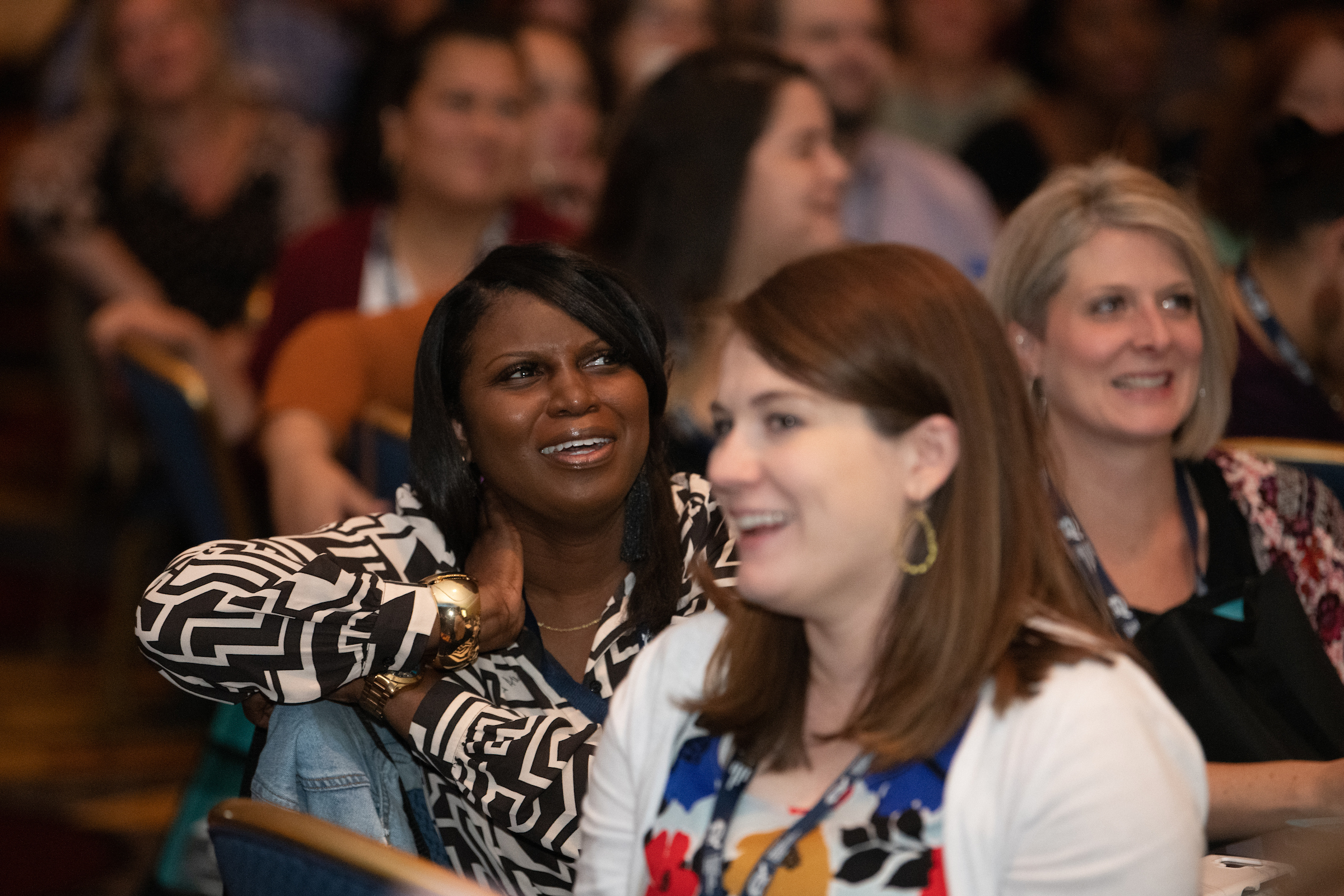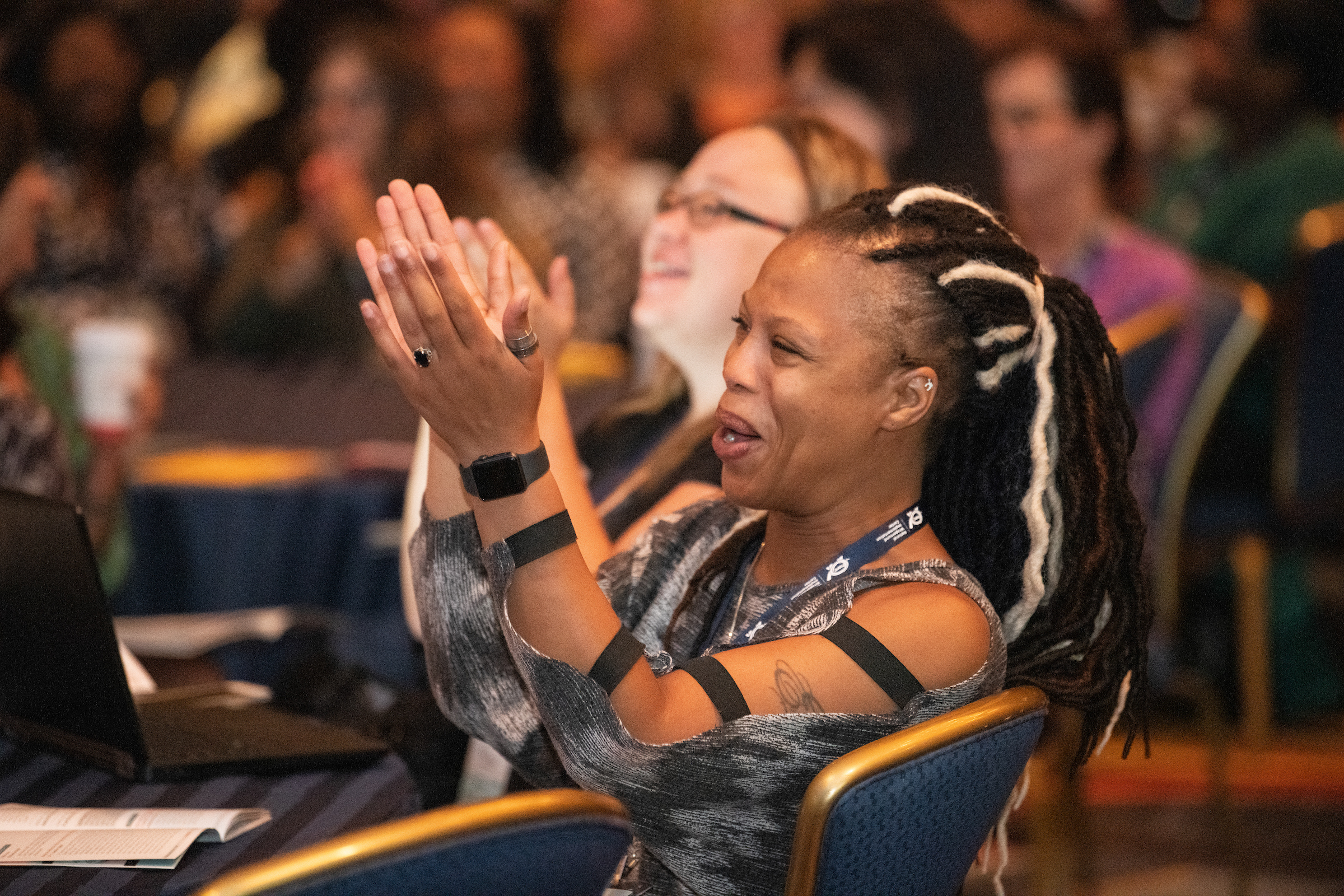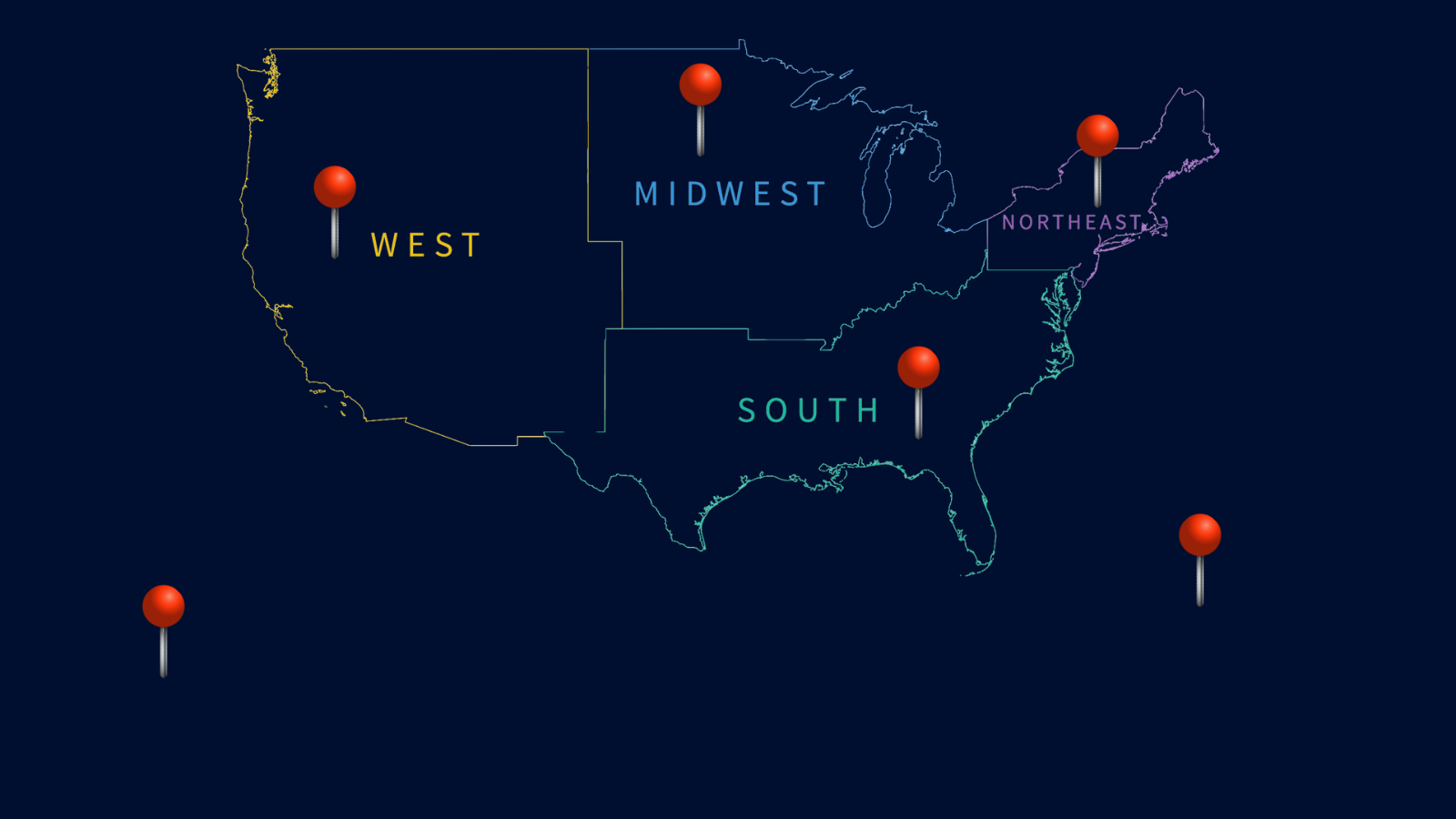
History of the Training Institutes
The Training Institutes were born out of a growing national conversation among those working to advance children’s mental health and systems of care for children, youth, and young adults. The concept of a system of care was developed and first published in 1984; to then disseminate the concept, to familiarize the field with it, and to provide in-depth training on it, the Training Institutes was born. First established in 1986 by the SAMHSA-funded National Technical Assistance Center for Children’s Mental Health at Georgetown University, the Training Institutes were hosted biennially through 2014. The conference, by then well-established as the nation’s leading conference on children’s systems, was transitioned to Innovations Institute (formerly at the University of Maryland) and held in 2018. The 2020 Training Institutes, due to COVID, were held online with free access for all attendees to workshops and their recordings. The Training Institutes have a history of very strong participation, with attendance averaging about 2,000 over the last five conferences. Participants have been from federal agencies, national associations, and nearly all states and territories, representing youth-serving systems and including policy makers, service providers, family and youth leaders, and others concerned with improving services.
While other conferences address mental health and effective public systems for the whole population, the Training Institutes remains the nation’s only conference focused on the needs of children, youth, young adults, and their families.
“The Training Institutes are designed to challenge the way we have always done things, build on what we truly know, integrate all that we have learned in the past, and help us all make just, fair, and informed decisions that promote the creation of brighter futures for youth and their families.”
--Michelle Zabel, Executive Director, Innovations Institute
"Over the years, the field has evolved and the knowledge base has evolved, but the goal of the Training Institutes remains the same: provide "how-to" information to equip individuals, systems, and organizations to better support the needs of young people and their families. With its practical focus and participants from almost every state and territory, it is a conference that makes a difference."
--Beth Stroul, Founder of the Training Institutes & Innovator of Systems of Care
“This conference gives us an opportunity to share our challenges and our breakthroughs. Being here together gets us out of the day-to-day and gives us time to learn and plan with others who face similar challenges and to make lasting connections, ones that we can count on when times get hard.”
--Gary Blau, former Chief of the Child, Adolescent and Family Branch for SAMHSA
Who Attends the Training Institutes?
Evaluators & Researchers
Policymakers
System Administrators
Program Managers
Peer Support Partners
Practitioners
State Medicaid Purchasers & Experts
Educators
Family & Youth Leaders
98.41% of 2018 Surveyed Attendees Likely to Attend A Future Training Institutes


Everything was simple, broken down and the handout was amazing. I love how the speaker was very knowledgeable of what she was speaking about and kept it real and down to earth.
This was the best conference I have ever attended, every aspect of it was handled with professionalism and an attention to detail.

What attendees found most helpful:
- “To hear from a parent and the process she had to go through while her child was going through her own process.”
- “To see everything broken down in terms of how to prepare for successful implementation.”
- “To hear real/personal experience anecdotes in a variety of settings acknowledging both successes and struggles.”
- “The training/lecture surrounding data and use of data, families deserve to have services that work!"
Where attendees came from in 2018:
40% Southern U.S.
21% Midwestern U.S.
19% Northeast U.S.
16% Western U.S.
1% Puerto Rico, Northern Mariana Islands, Outside U.S.
